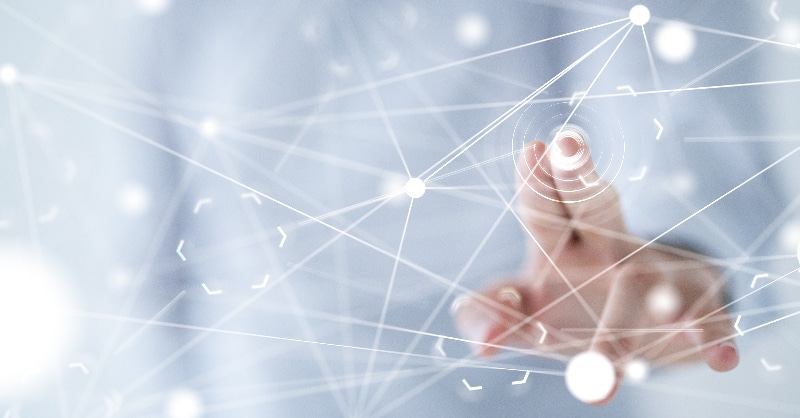
A data modernization journey is a process of updating and remodeling data systems to enhance their functionality, profitability, and security. Considering the steadfast advancement of technology, data presents itself as a critical asset for all types of organizations. Nonetheless, a vast number of companies still use outdated systems, which shows tremendous difficulties in keeping up with the pace of modern systems and frameworks. By embarking on this data modernization journey, organizations can improve the quality, accessibility, and scalability of their data and reduce costs, thus resulting in a significant competitive advantage.
The first step in any data modernization journey is to analyze and assess the current state of the organization’s data and technology. This includes appraising all in-house systems and processes that handle data and conducting a thorough evaluation of the data itself. It’s important to identify bottlenecks, such as data silos, lack of data governance, or any difficulties in accessing or handling data. There are an array of different tools and techniques, such as data mapping, data profiling, and data discovery, which companies can use for this purpose. These will help diagnose the data sources, data quality, and data flow within the organization.
When it comes to creating a data modernization framework, it is crucial to define clear and measurable objectives and goals, which should undoubtedly be aligned with the global and long-term business strategy. The goals should follow a SMART approach (specific, measurable, attainable, relevant, and time-bound) and should be updated over time to make sure they adapt to the evolution and growth of the organization. Overall, each objective should be designed to help the organizations make better use of their data, turning it into a new solution to achieve their business objectives. Some simple and effective examples might be:
Having carefully selected your objectives and goals, the next step should be to develop a detailed and solid roadmap that outlines the steps and foresees all obstacles to achieving them. An important thing to have in mind is that this roadmap should be flexible and adaptable. As your organization’s current capabilities, resources, and constraints are constantly evolving, and since you need to consider those, it is mandatory that your data modernization framework can accompany them. Prioritizing milestones or activities, having explicit timelines and KPIs, and keeping an eye on potential risks and benefits of each step will strengthen your process and ensure it remains effective and efficient further down the road.
The data modernization journey requires the use of the right tools and technologies. To ensure the choices are adequate, it is critical to select the most fitting tools for the organization, considering the previously defined objectives and goals. There is an immense range of tools and technologies available (data migration tools, data warehousing, data quality tools, and master data management solutions), so browsing through them with your organization’s specifications in mind is the most important aspect to consider. Furthermore, it will be extremely beneficial to verify the compatibility of any new system with the existing technologies or any future solutions you might be considering.
Data governanceis a critical component of any data modernization journey. It refers to the policies, processes, and standards that are set up to ensure that data is accurate, complete, and consistent. A well-established and error-free data governance frameworkshould include roles and responsibilities, data quality rules, and data lineage. As mentioned above, data security aspects should also be considered in the new systems from the start since it is essential to certify that all data is protected both during the migration process and in the new systems.
This step should be where the data modernization journey comes to life. Careful planning and execution are mandatory to guarantee a smooth and problem-free transition. Among other aspects, it is important that in this phase you consider the following:
A data modernization journey is one that requires detailed, well-thought-out planning and execution and evolving monitoring. If you manage to embark adequately on this journey, a real competitive advantage is within a hand’s reach, as you will undoubtedly enhance the quality and security of your data and reduce costs at the same time. The key to success is to have a deep knowledge of the current state of all data and technology, define precise, simple, and measurable objectives and goals, develop a detailed data modernization framework, select the right tools and technologies, have a strong focus on data governance and security, and carefully plan and execute the implementation. Remember that data modernization can bring compelling benefits to any organization, but only when done right.
© 2024 Murdio - All Rights Reserved - made by Netwired